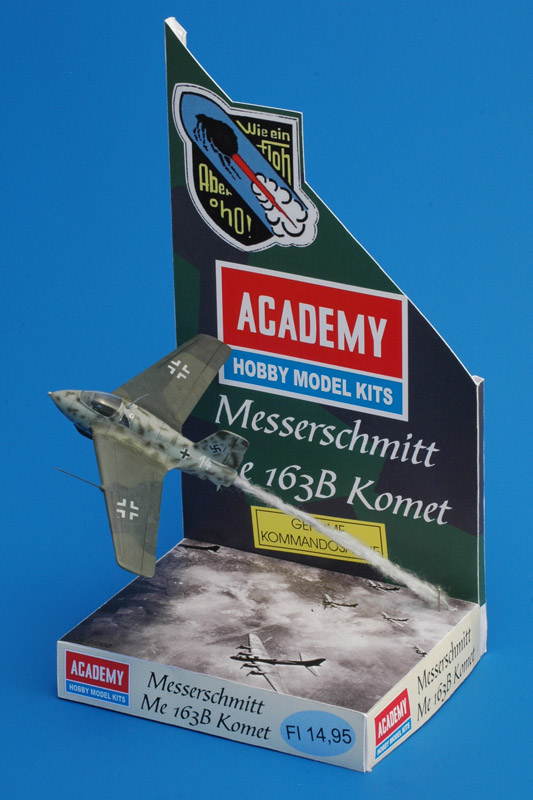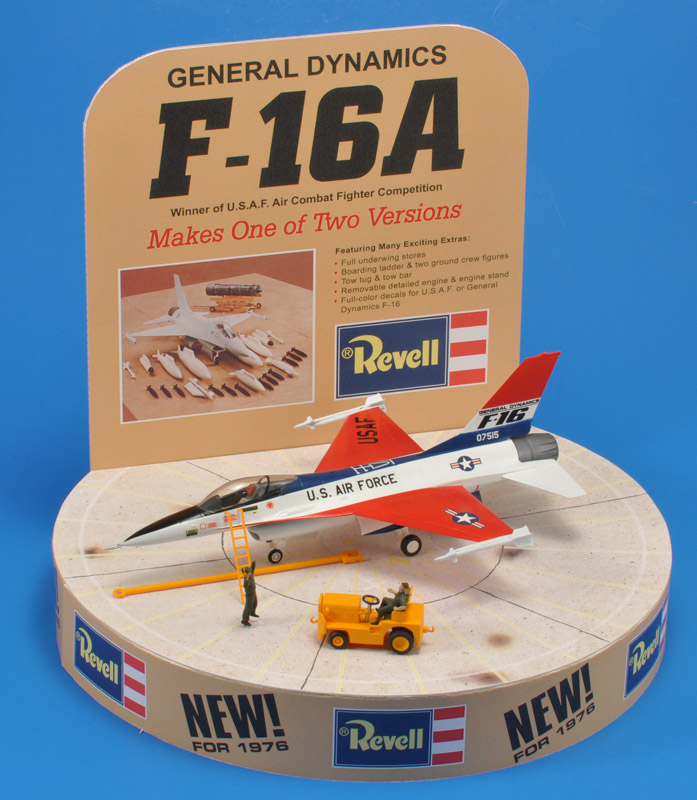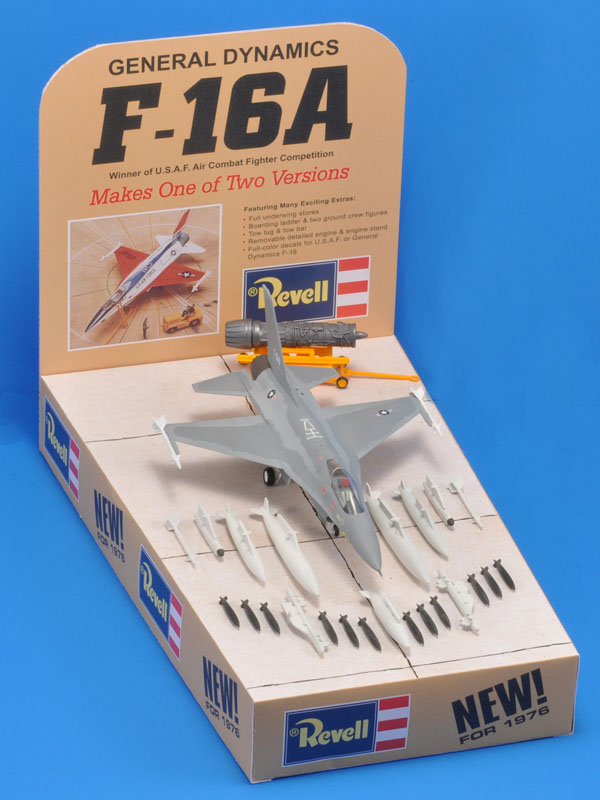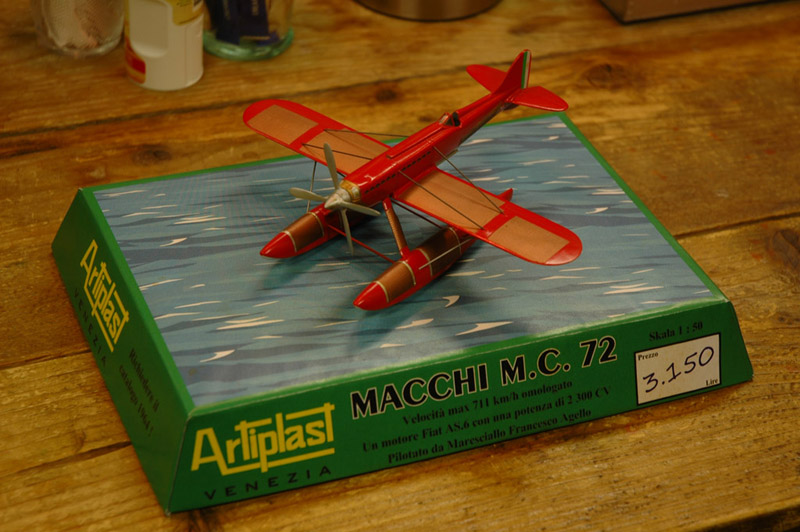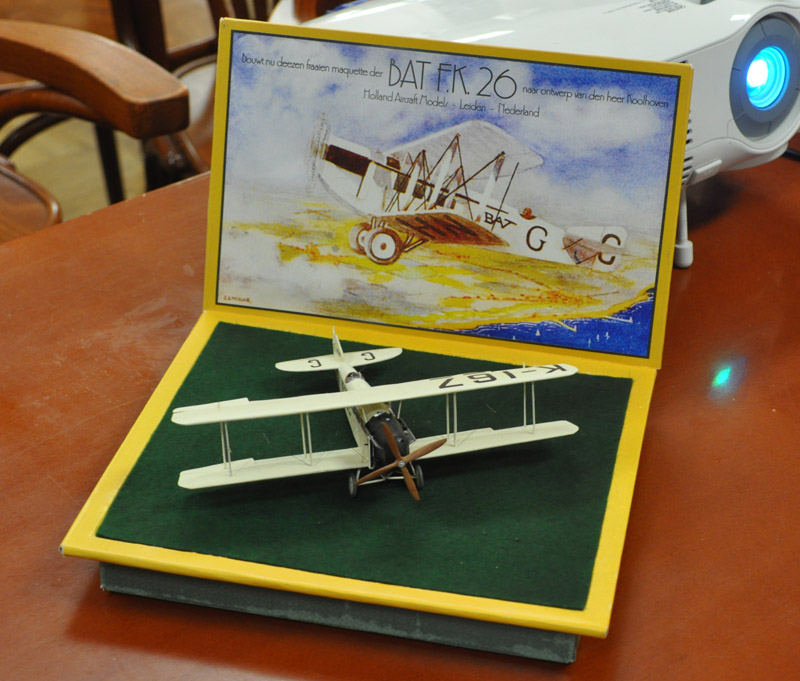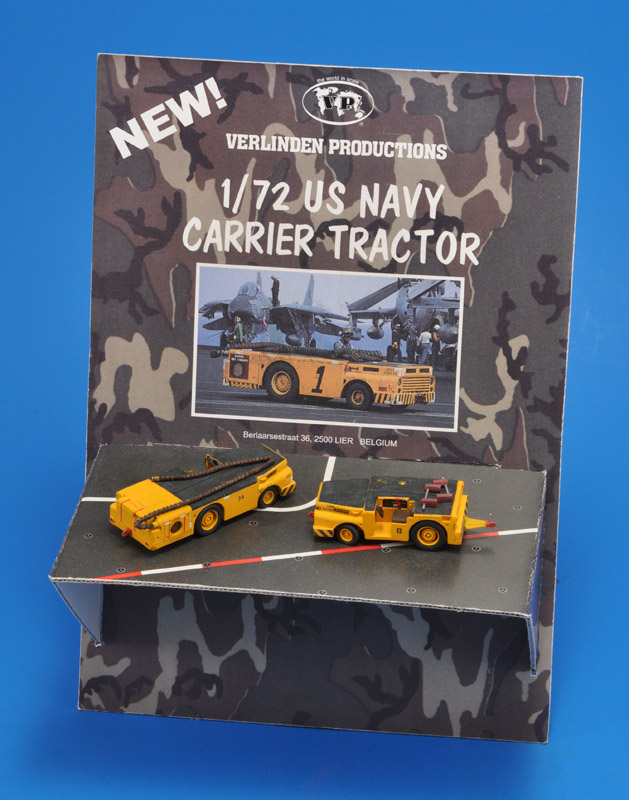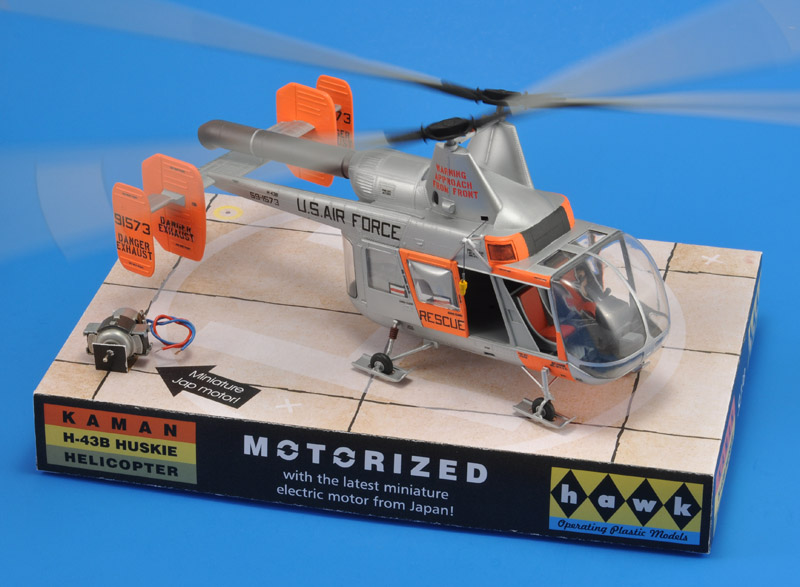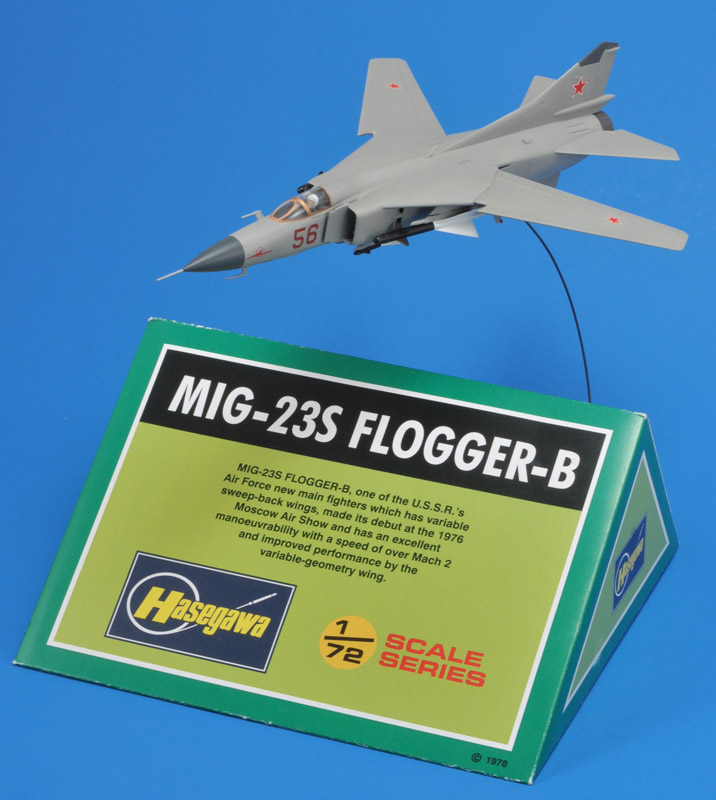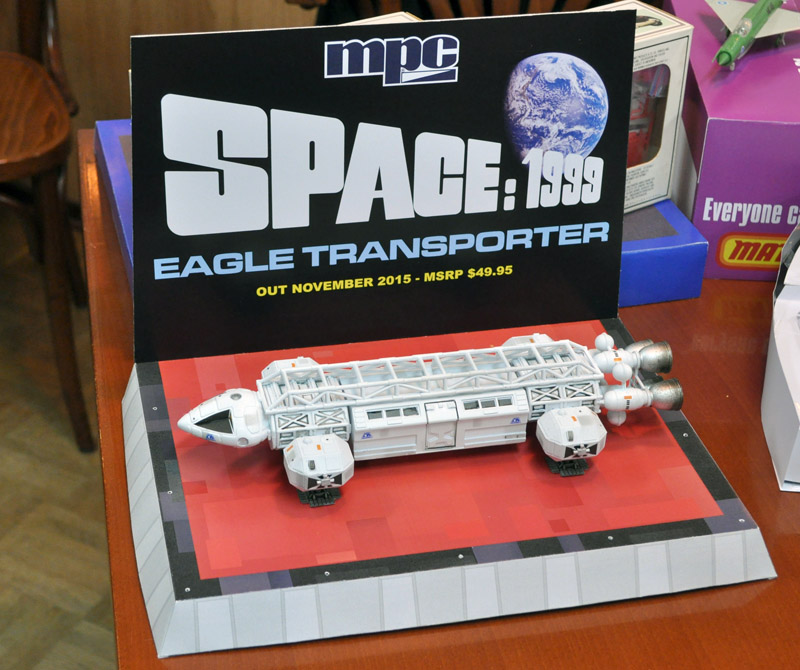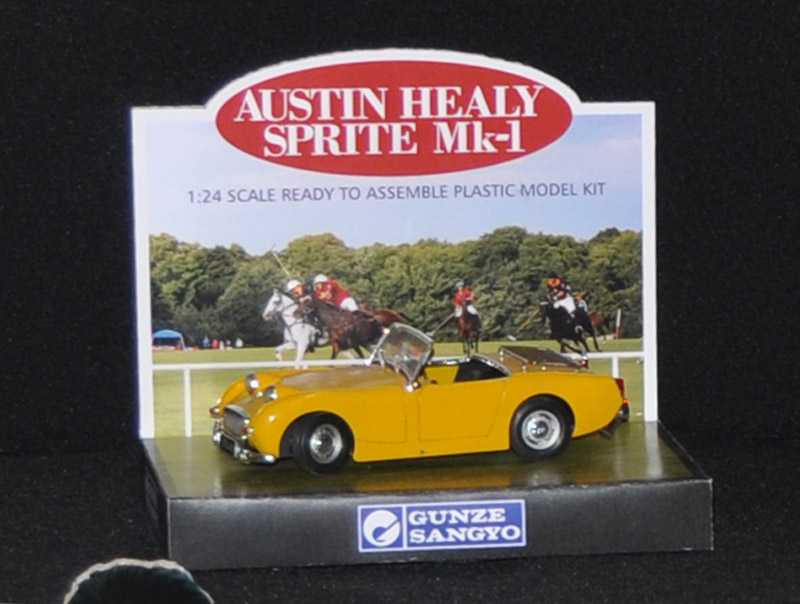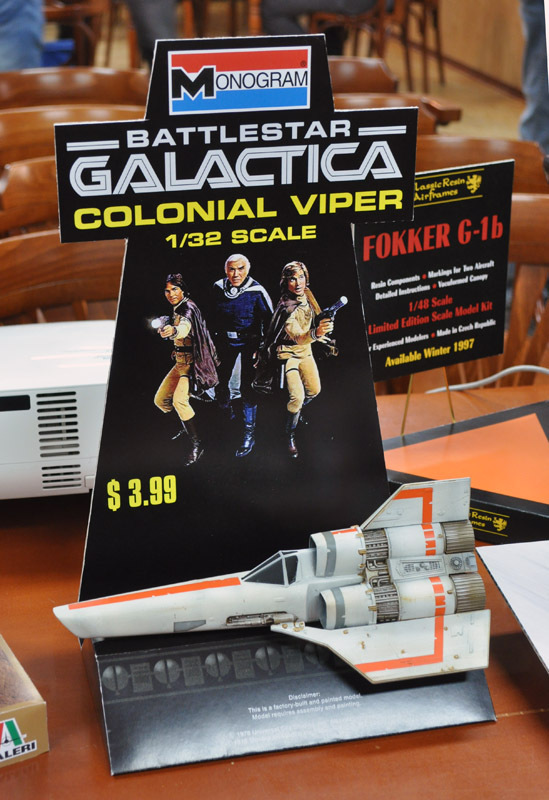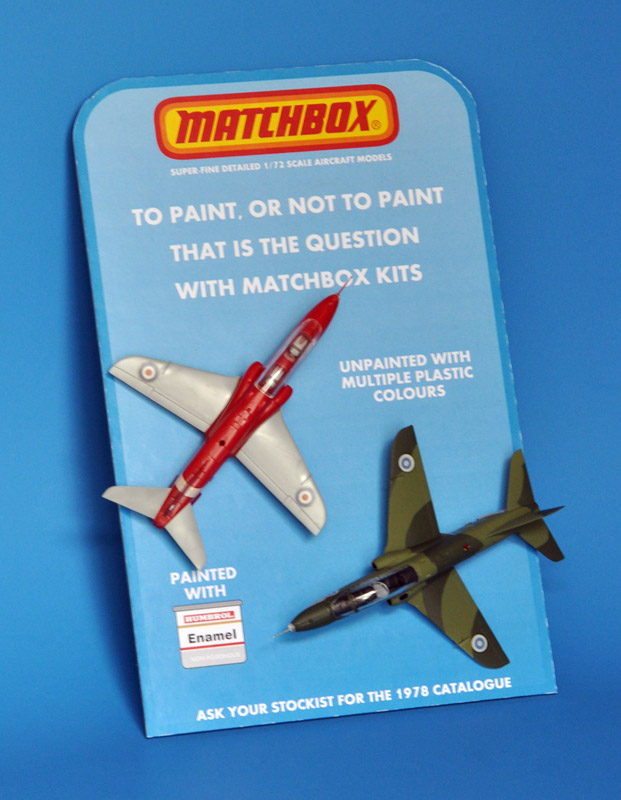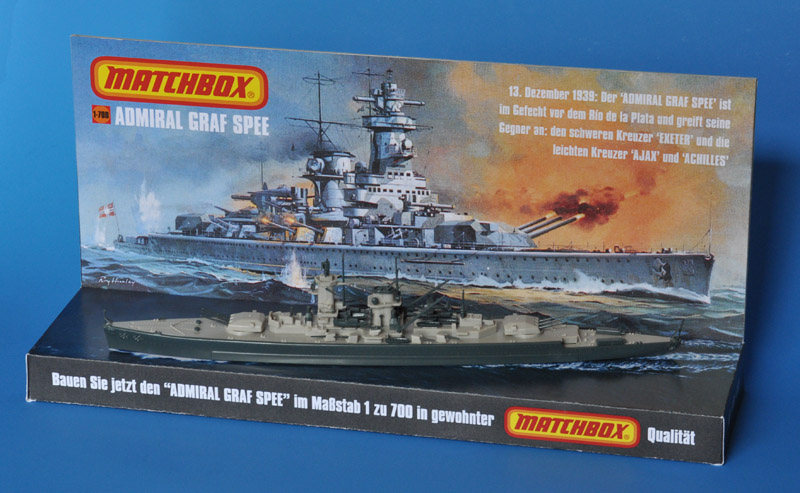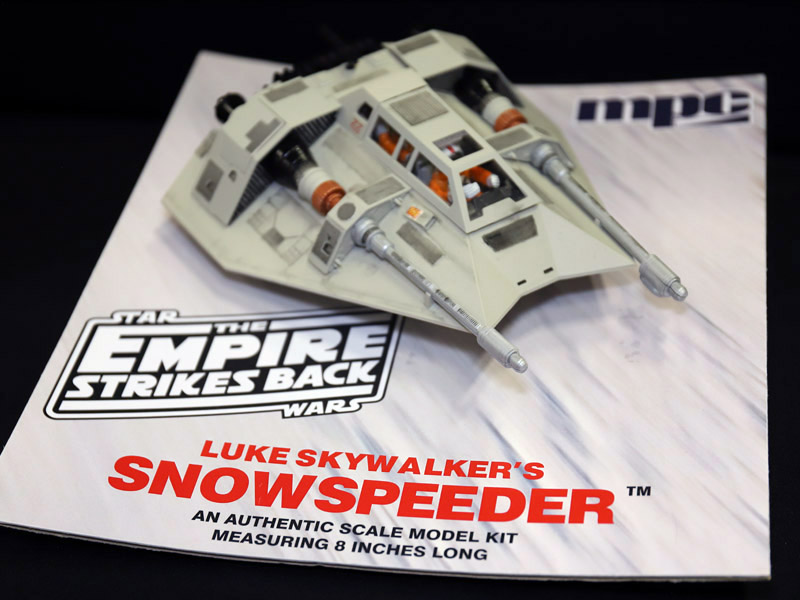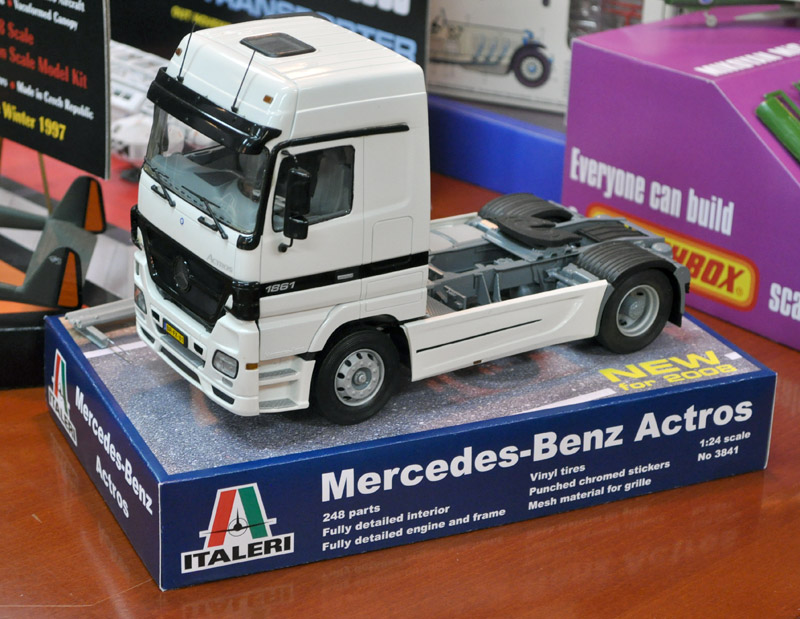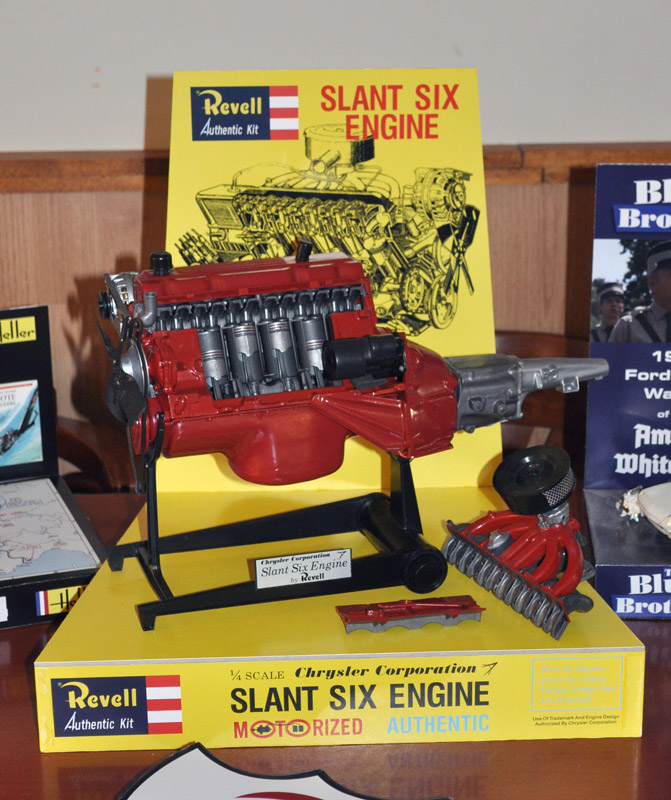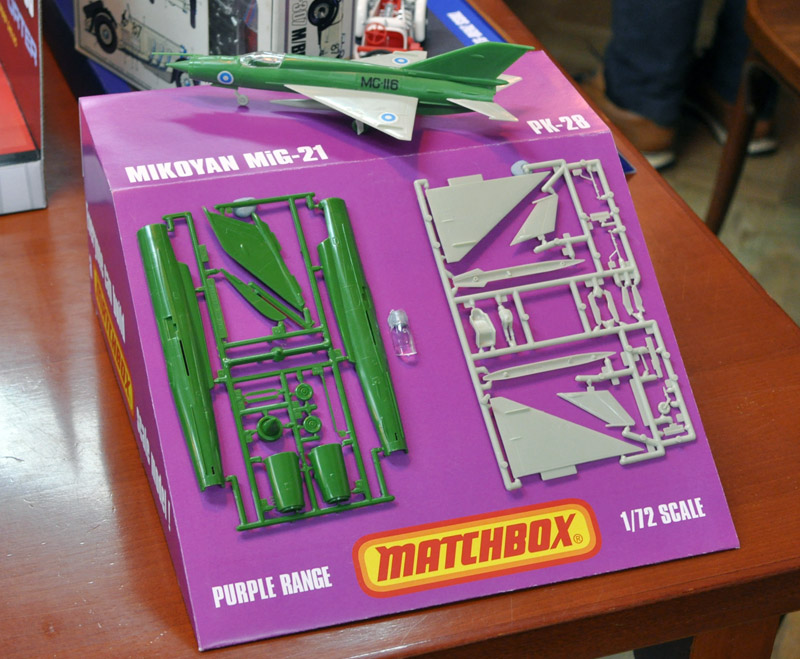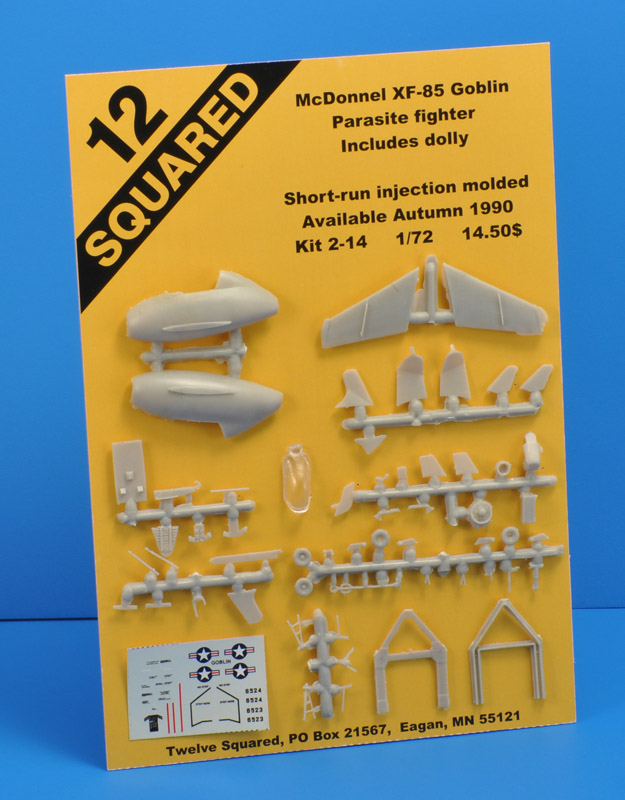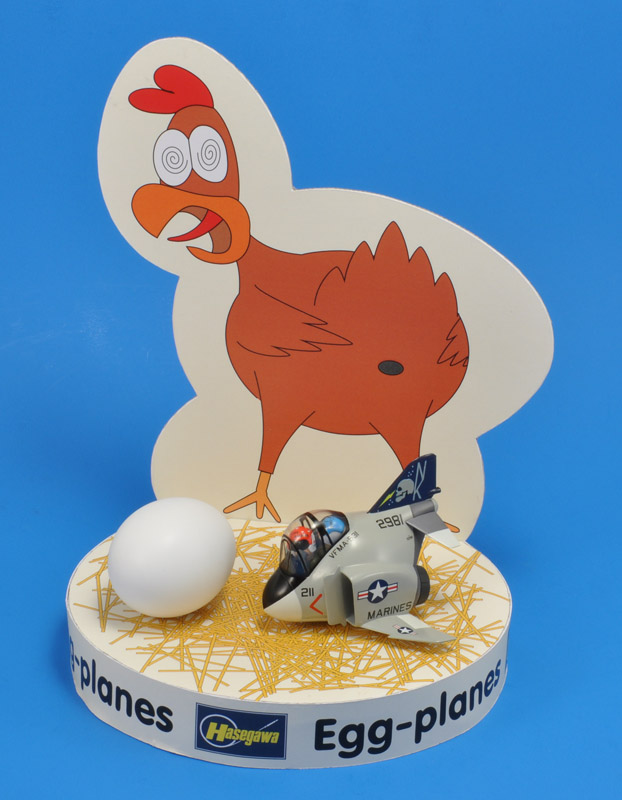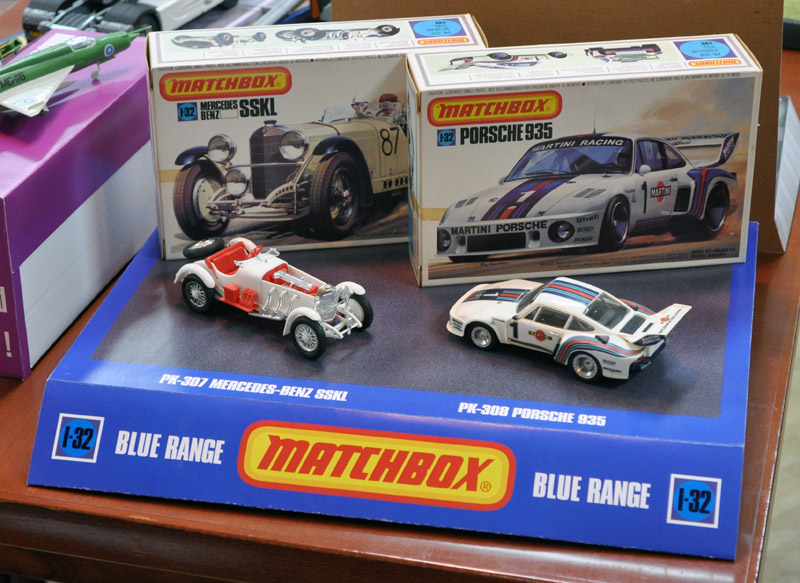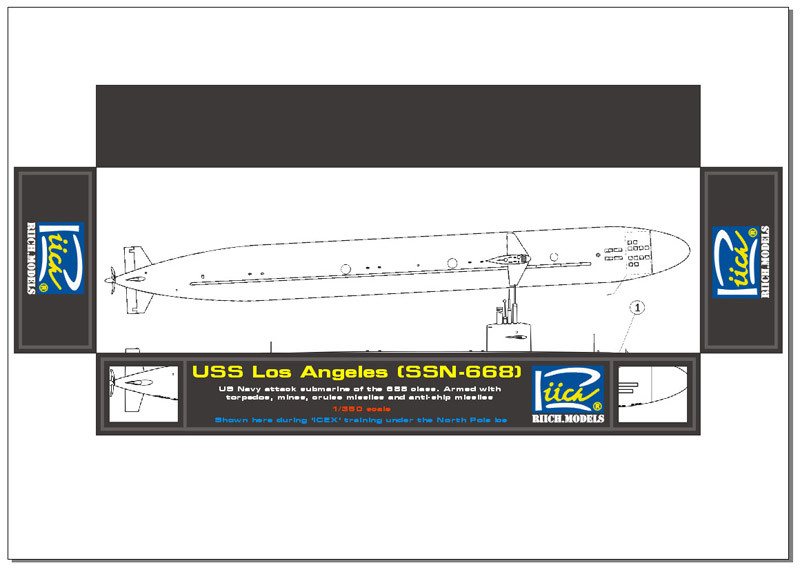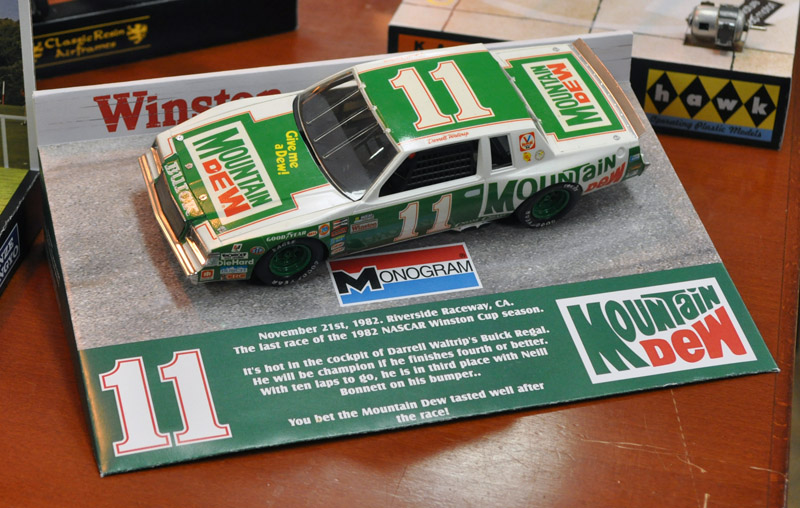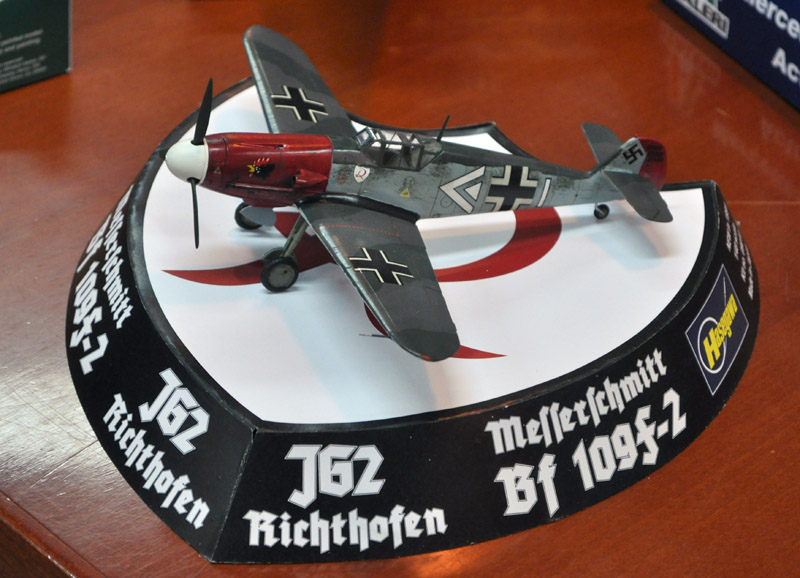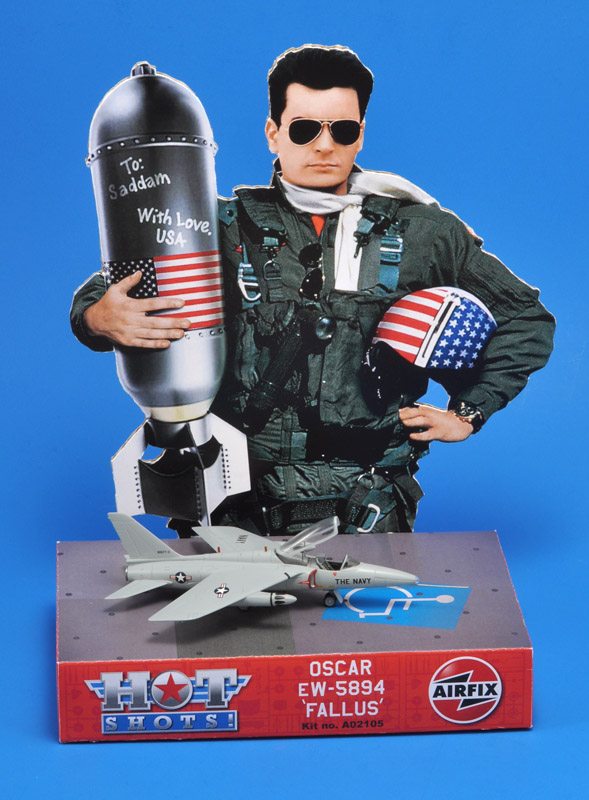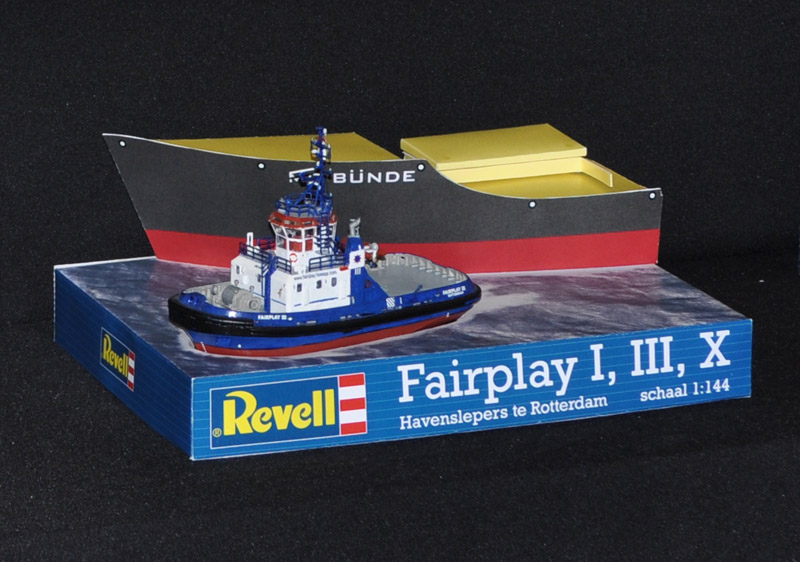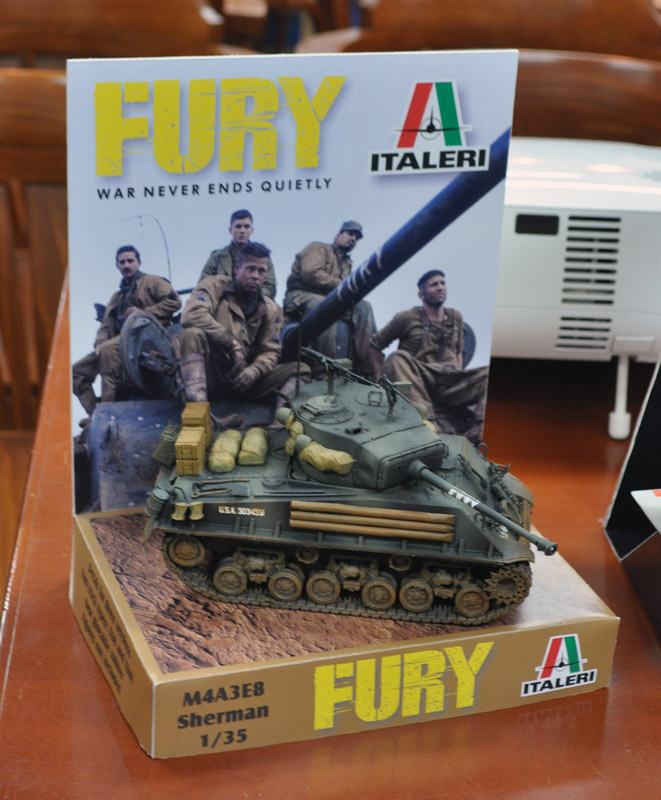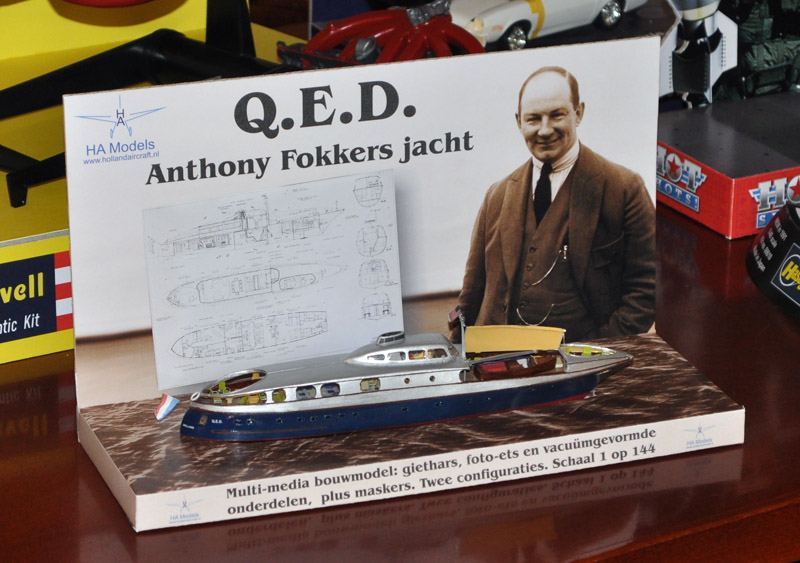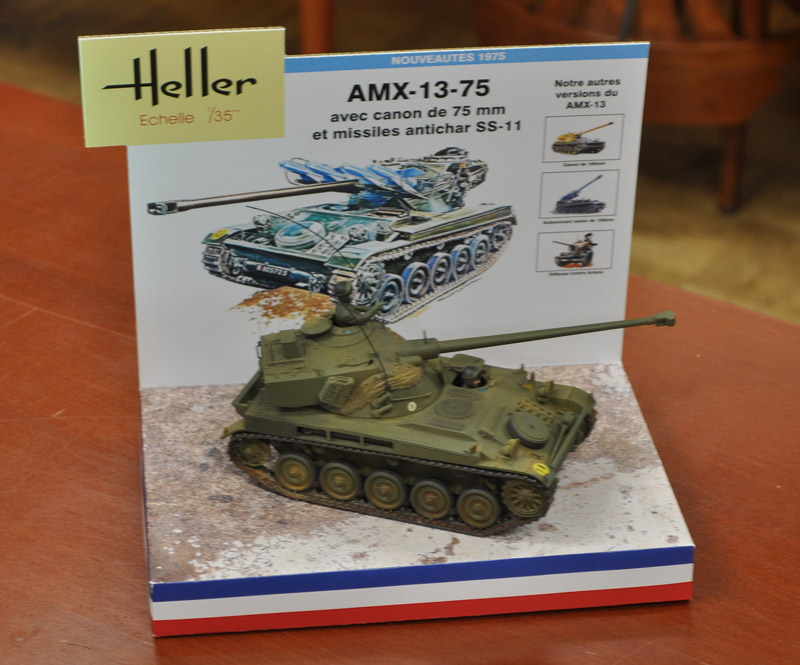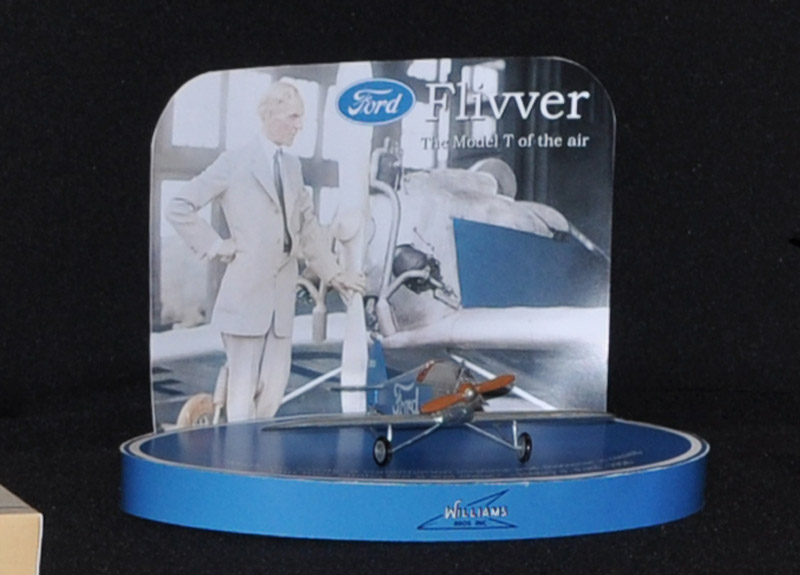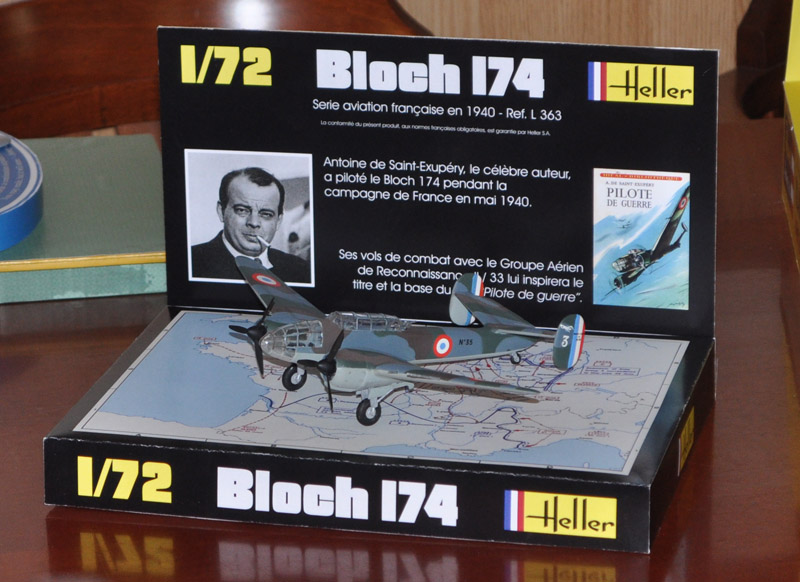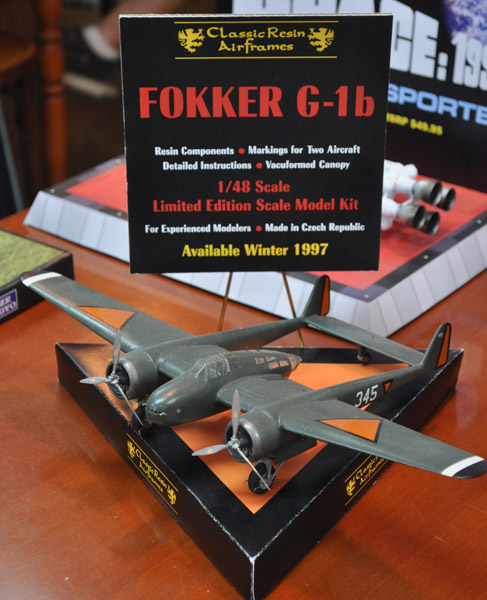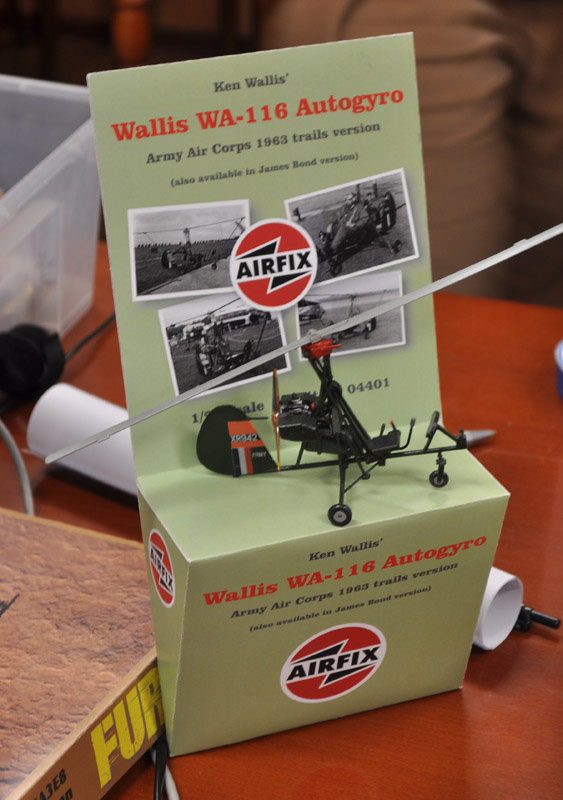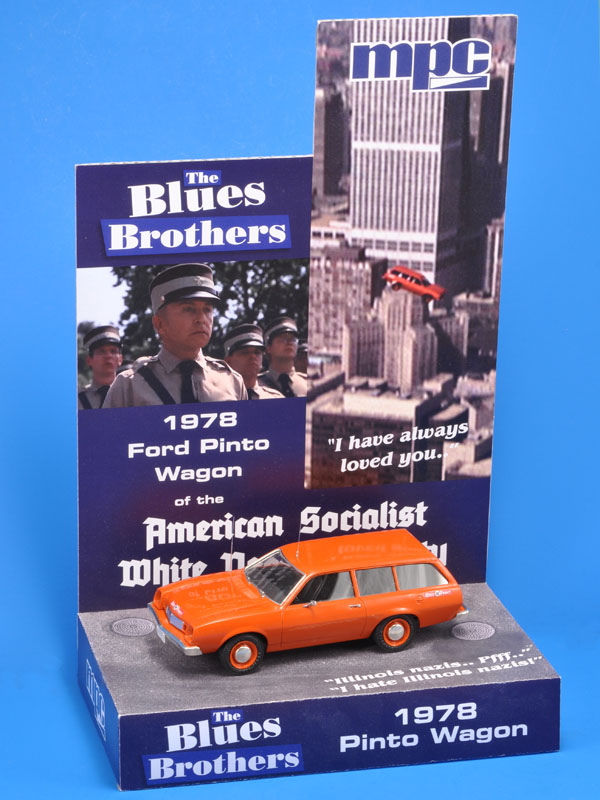Shop displays project
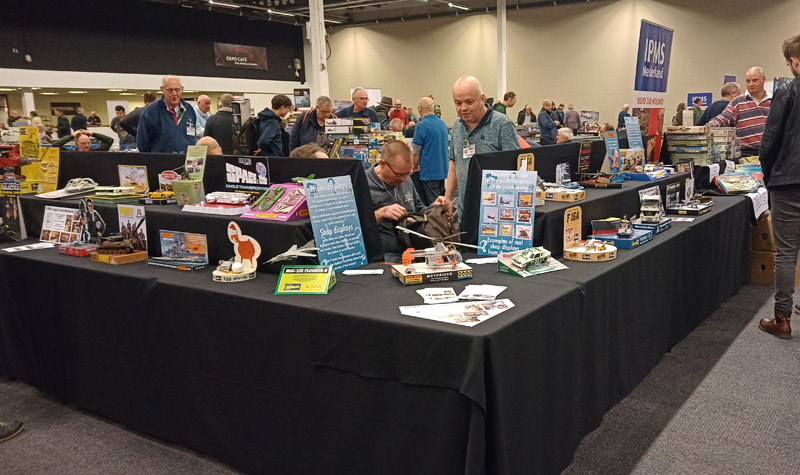
Photo by Jan de Jager
| Every year, our IPMS-NL chapter (regio Zuid-Holland) tries to present an interesting club table at the IPMS-NL national convention, called Euro Scale Modeling. In 2016, I saw newly designed but sixties-styled shop displays on Ebay, just like Revell and Monogram made in the sixties. I moved that idea to the current time: what would shop displays look like if manufacturers had continued making them for their new releases? It took seven years, until 2023, before the project was ready. I did not count the hours involved.
It turned out to be a in interesting challenge to design many different displays for different models. Inspiration came almost at random, and not all concepts 'worked'. But often they looked better than expected, once a model was placed on the display. By 2023 I had designed 67 shop displays - time to show them to the world. For space and cost reasons, I made a selection of 33 displays, that used models of 18 club members. These displays are shown below, just as they were shown at the 2023 Euro Scale Modeling. Not shown are the many design iterations and prototypes, otherwise the page would be many times longer. |
